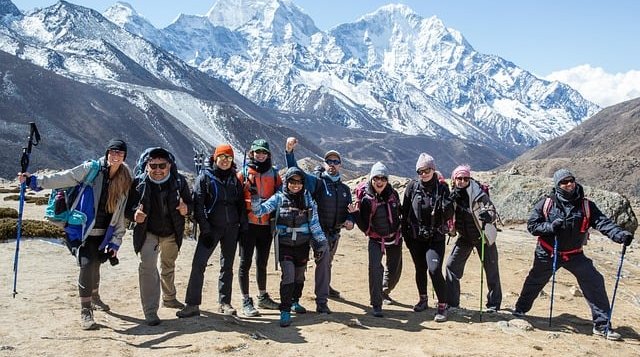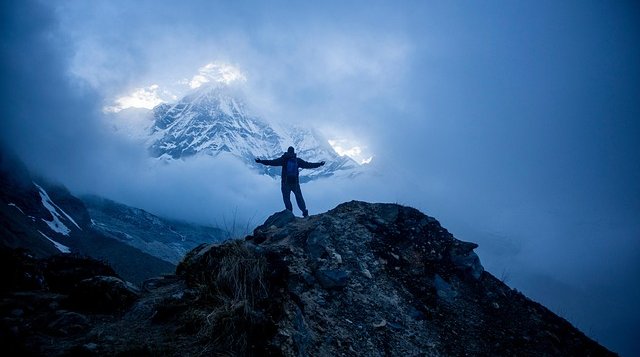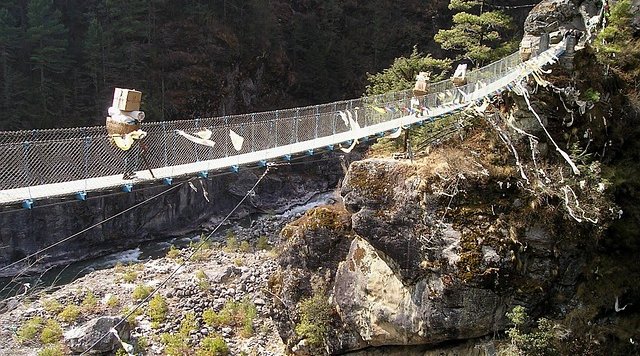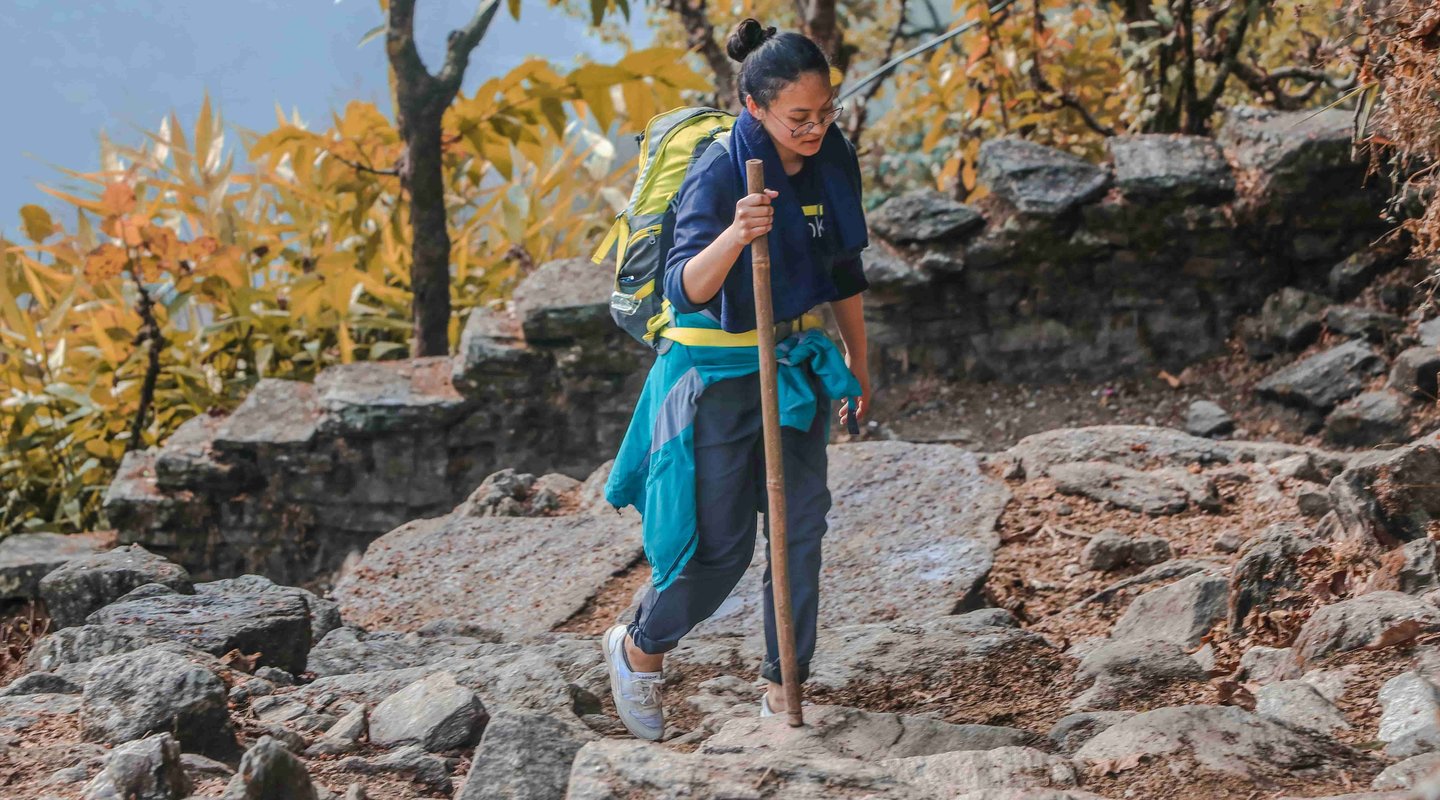Introduction
Imagine standing at the foot of the world’s tallest mountain, with the crisp Himalayan air filling your lungs and a panorama of awe-inspiring peaks unfolding before your eyes. Did you know that trekking to Everest Base Camp is equivalent to climbing more than 150 flights of stairs? For many adventure seekers, this isn’t just a trek—it’s a life-changing journey. In this comprehensive guide, we’ll explore the latest trends in Everest Base Camp Trek Packages, break down a step-by-step process tailored for beginners, and share actionable insights that will prepare you for a successful expedition.
Understanding the Everest Base Camp Experience
What Makes Everest Base Camp So Special?
Everest Base Camp isn’t merely a destination—it’s a rite of passage for trekkers worldwide. Nestled in the heart of the Himalayas, this trek offers an intimate glimpse into the rugged beauty of Nepal’s mountainous landscapes and a peek into the unique culture of the Sherpa communities. The magic lies in the blend of breathtaking natural scenery, the challenge of high-altitude trekking, and the personal growth that comes with each step taken on this iconic path.
Why Choose Everest Base Camp Trek Packages?
For many, the idea of navigating remote mountain trails alone can be daunting. Everest Base Camp Trek Packages simplify the process by offering:
- Expert Guidance: Local guides with deep knowledge of the region ensure safety and enrich your journey with cultural insights.
- Tailored Itineraries: Packages often include accommodations, meals, permits, and porters, making the trek seamless and stress-free.
- Value for Money: Bundled services and group discounts can make this challenging adventure more accessible and affordable.
A Step-by-Step Guide for Beginners
For those new to trekking, planning your journey to Everest Base Camp might seem overwhelming. Follow these clear, easy-to-follow steps to ensure you’re well-prepared for the adventure ahead.
Step 1: Define Your Goals and Assess Your Fitness Level
- Set Clear Objectives: Are you looking for a challenging physical feat, cultural immersion, or a mix of both? Identifying your goals will help you choose the right package.
- Fitness Evaluation: Consider your current physical condition. Start with moderate hikes and gradually increase your endurance if you’re new to high-altitude trekking.
- Consult a Doctor: A medical check-up can ensure that you’re ready for the physical demands of trekking at high altitudes.
Practical Tip: Begin with a fitness plan that includes cardiovascular exercises, strength training, and flexibility workouts at least three months before your trip.
Step 2: Research and Compare Trek Packages
- Online Reviews and Forums: Platforms like TripAdvisor and trekking blogs offer insights from fellow trekkers who have experienced various packages.
- Itinerary Details: Examine what each package includes—accommodations, meals, permits, guide services, and emergency protocols.
- Pricing and Value: Don’t just opt for the cheapest package; consider the overall value. A slightly higher price might guarantee a more secure and enriching experience.
Practical Tip: Create a comparison chart listing the pros and cons of each package to help visualize the differences and make an informed decision.
Step 3: Understand the Local Culture and Environment
- Cultural Sensitivity: Familiarize yourself with the traditions and customs of the Sherpa community. Understanding local etiquette can enhance your travel experience.
- Altitude Awareness: Research the effects of high altitude and learn the basics of acclimatization. Many packages include acclimatization days to help your body adjust.
Practical Tip: Watch documentaries or read articles about Nepalese culture and high-altitude trekking to mentally prepare for the journey ahead.
Step 4: Prepare Your Gear and Pack Wisely
- Essential Equipment: Invest in quality trekking boots, layered clothing, a sturdy backpack, and other essentials like trekking poles and a headlamp.
- Packing List: Make a checklist to ensure you don’t miss critical items such as medications, water purification tablets, and a first-aid kit.
- Test Runs: Consider doing short hikes with your new gear to ensure everything fits well and is comfortable for long treks.
Practical Tip: Consult experienced trekkers or local guides on forums and blogs to refine your gear list based on the latest recommendations.
Step 5: Book Your Package and Finalize Permits
- Secure Your Spot: Once you’ve settled on a package, book well in advance, especially during peak trekking seasons.
- Permits and Documentation: Ensure all necessary permits (such as the TIMS card and Sagarmatha National Park permit) are arranged, either by yourself or as part of the package.
- Confirm Details: Double-check all bookings, itineraries, and included services. It’s crucial to have clarity on cancellation policies and emergency procedures.
Practical Tip: Keep digital and physical copies of all your documents in an easily accessible place during your trek.
Step 6: Train and Mentally Prepare for the Trek
- Physical Conditioning: Stick to your training regimen leading up to the trek. Regular hiking and strength training will make a significant difference.
- Mental Preparation: High-altitude trekking can be mentally demanding. Practice mindfulness or meditation to build resilience.
- Local Language Basics: Learning a few words in Nepali can be both fun and useful for interacting with locals.
Practical Tip: Join online trekking communities or local meetups to share experiences and get advice on preparing for high-altitude conditions.
Tips for a Successful Trek
Even with a well-planned itinerary, practical tips can be the difference between an enjoyable trek and a challenging ordeal.
Equipment and Packing Essentials
- Clothing: Dress in layers. Weather in the Himalayas can change rapidly.
- Footwear: Invest in quality, waterproof trekking boots.
- Accessories: Don’t forget sunglasses, a hat, gloves, and a reliable daypack.
Health and Safety
- Acclimatization: Prioritize acclimatization days to allow your body to adjust to the altitude.
- Hydration: Keep hydrated and consider carrying electrolyte supplements.
- Local Emergency Contacts: Familiarize yourself with the local emergency services and your trek operator’s contact details.
Maximizing the Trek Experience
- Photography: Capture the journey with a good camera or smartphone. The landscapes are unparalleled.
- Cultural Engagement: Take time to interact with local communities and learn about their lifestyle and traditions.
- Flexibility: Embrace the unexpected. Weather delays or changes in the itinerary are common, so maintain a flexible mindset.
Practical Tip: Maintain a daily journal or blog to record your experiences and reflections; this not only creates lasting memories but can also help others plan their journey. For more information, here is the detailed guide for packing essentials for Everest Base Camp trek.
Conclusion:
Embarking on the journey to Everest Base Camp is much more than just a trek—it’s an opportunity for personal growth, cultural immersion, and a reconnection with nature. With the latest trends emphasizing sustainability, technological integration, and personalized experiences, Everest Base Camp Trek Packages are evolving to meet the needs of today’s discerning traveler.
Key Takeaways:
- Plan and Prepare: Define your goals, assess your fitness level, and research the right package.
- Embrace Trends: Look for eco-friendly, technology-integrated, and customizable packages that offer a comprehensive trekking experience.
- Practical Preparation: From gear selection to health precautions, ensure you are thoroughly prepared for the high-altitude environment.
- Data-Driven Choices: Leverage the latest insights to select a package that not only meets your adventure needs but also aligns with global trends in sustainable and mindful travel.
Ready to take the first step towards your adventure of a lifetime? Explore our curated list of top-rated Everest Base Camp Trek Packages today and join a community of trekkers who are transforming their travel dreams into reality. Whether you’re a seasoned adventurer or a beginner taking your first step into high-altitude trekking, there’s a perfect package waiting for you. Don’t wait—plan your trek now and unlock the secrets of the Himalayas.
Frequently Asked Questions (FAQs)
Q1: How long is the typical Everest Base Camp trek?
A1: Most itineraries range from 12 to 16 days, including acclimatization days. However, the exact duration can vary based on the package and your personal pace.
Q2: What is the average cost of Everest Base Camp Trek Packages?
A2: Prices can vary widely, starting from around USD 1,000 for a basic package to over USD 3,000 for a premium, all-inclusive experience. Always review what’s included in the package to ensure value for money.
Q3: What are the most important items to pack for the trek?
A3: Essential items include layered clothing, quality trekking boots, a waterproof jacket, a good backpack, a first-aid kit, and acclimatization aids like water and snacks. Consult your trek operator’s packing list for specifics.
Q4: How should I prepare physically for high-altitude trekking?
A4: Begin training at least three months in advance with a mix of cardiovascular, strength, and flexibility exercises. Regular hiking and gradual exposure to higher altitudes can significantly help your body adapt.
Q5: Are there any health risks associated with the trek?
A5: While the trek is generally safe, high-altitude sickness is a risk if proper acclimatization isn’t followed. Choose a package that includes acclimatization days, stay hydrated, and consult with a healthcare provider before your trek.
Embark on your journey with confidence and a well-structured plan. With this guide in hand, you’re now equipped to choose the perfect Everest Base Camp Trek Packages and transform a challenging adventure into an unforgettable experience. Happy trekking!
Contact our expert team to customize your perfect Everest Base Camp experience:








